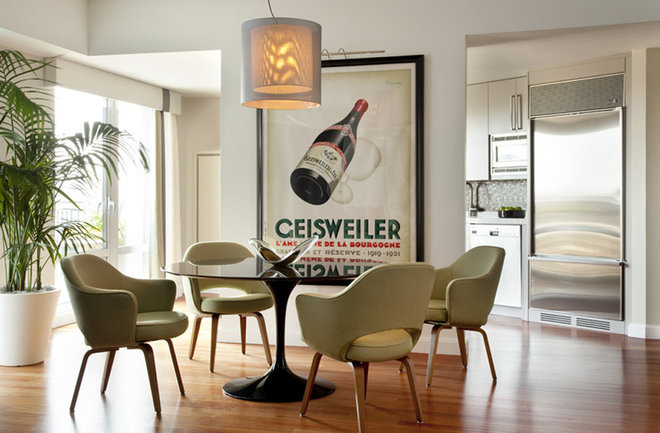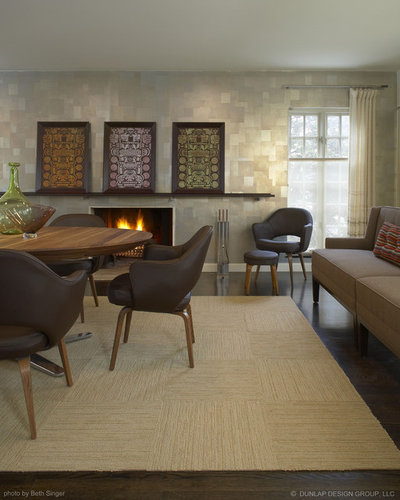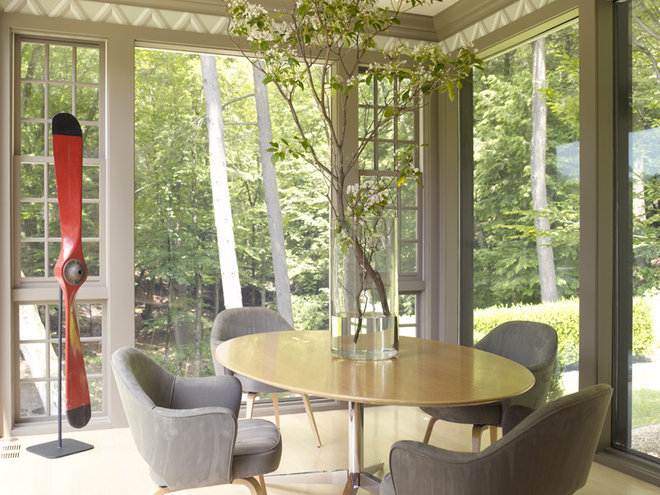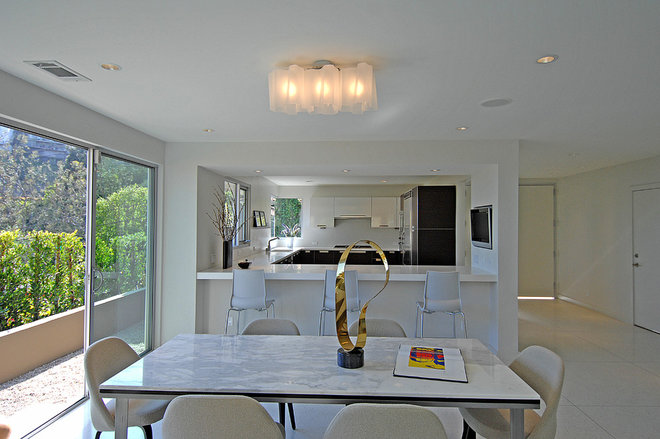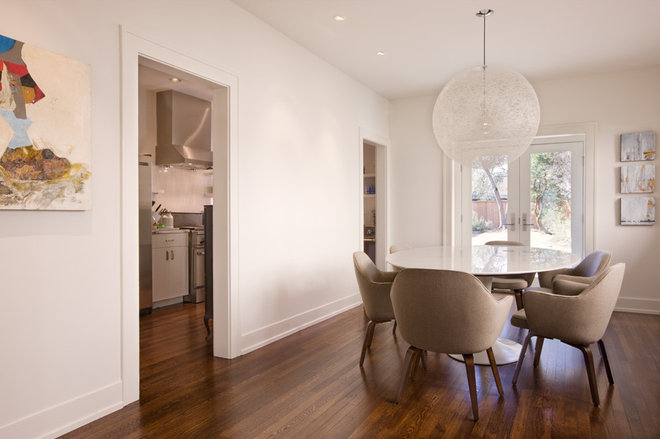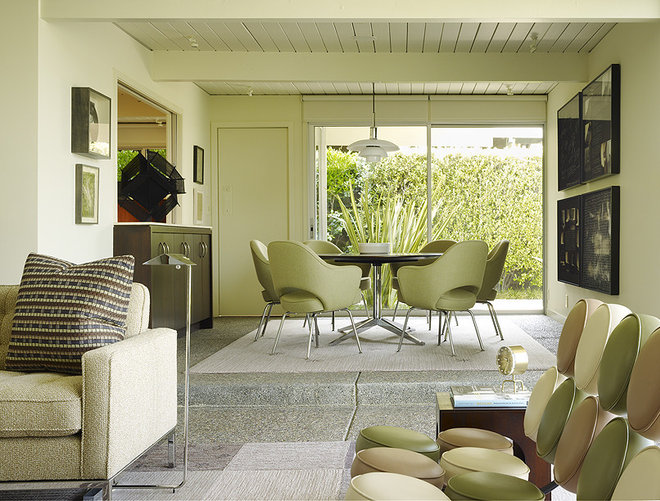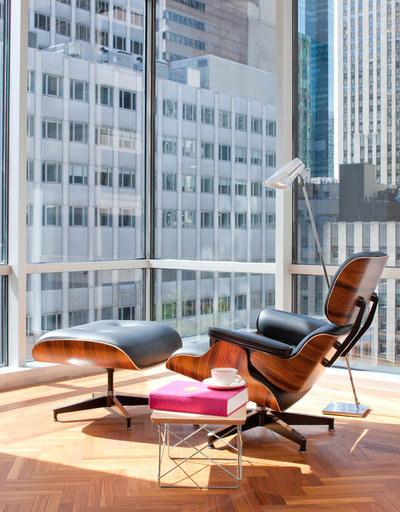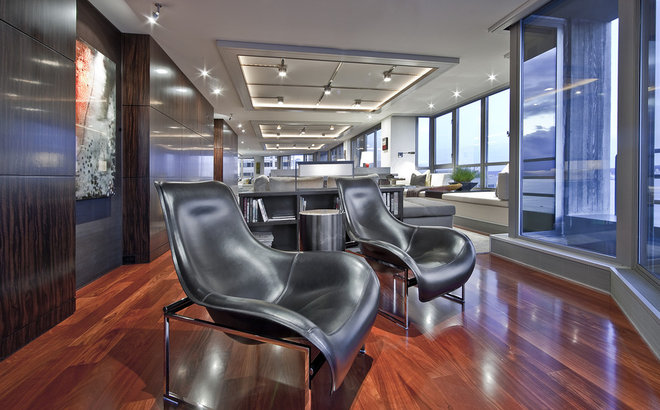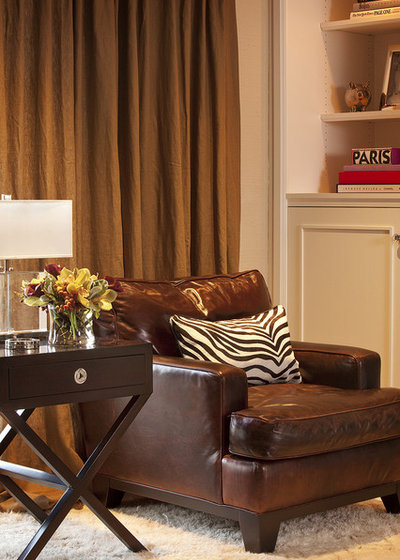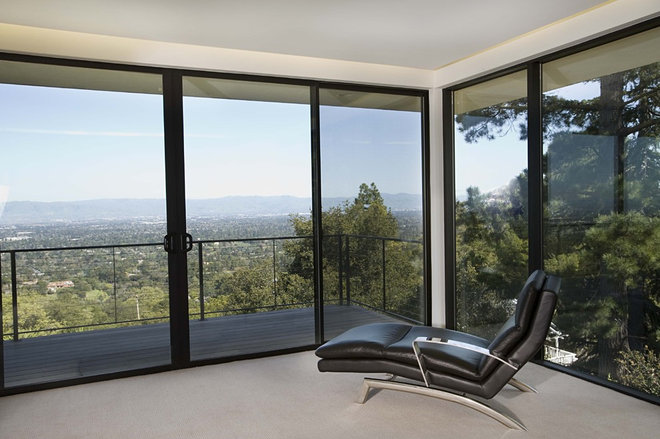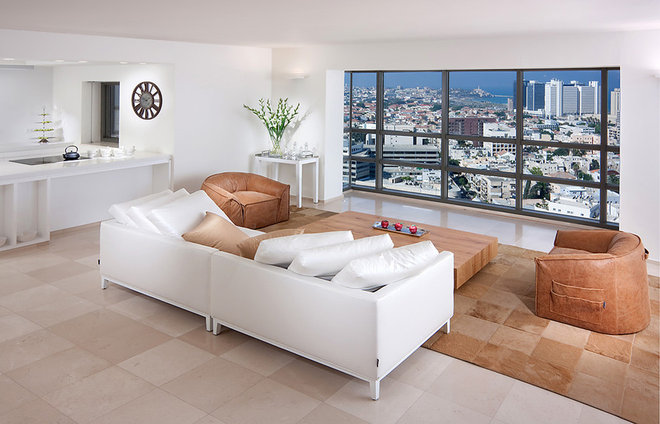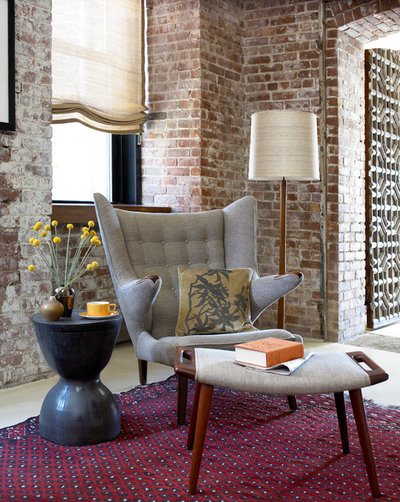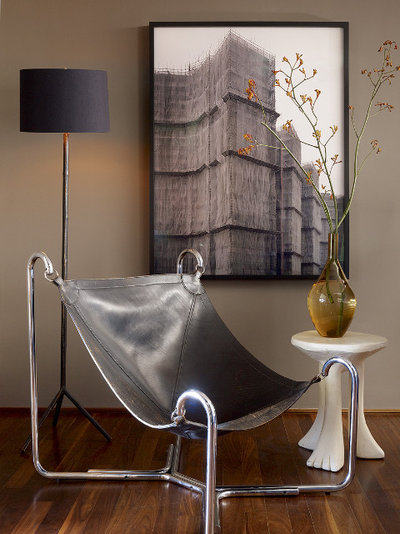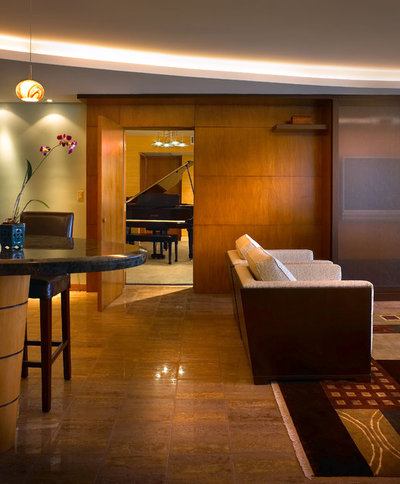Combining
imagination and thought, art and science, Charles and Ray Eames created some of
the most influential expressions of 20th century design – furniture that
remains stylish, fresh and functional today. Created in 1956, Eames Lounge Chair is now a classic in the history of
modern furniture.
The first Eames
lounge chair and ottoman was made as a gift for Billy Wilder, the director of
"Some Like It Hot," "Irma La Douce," and "Sunset
Blvd." The heritage of the chair goes back to the molded plywood chairs
pioneered by the Eameses in the 1940s. Charles Eames said his goal for the
chair was that it be "a special refuge from the strains of modern
living."
The first lounge
chair and ottoman produced by Herman Miller, in 1956, made its public debut on
Arlene Francis's Home show, a predecessor of the Today show. Commenting on the
unique design, Charles Eames told Francis, "We've never designed for a
fashion, and the Herman Miller furniture company has never, ever requested that
we do pieces for a market." During the interview, a short film was shown
in which a man--Charles described him as "a typical Herman Miller
employee"--assembled and disassembled the lounge chair, showing how simple
the design was.




![Saarinen, Eero: North Christian Church [Credit: Greg Hume]](http://media-2.web.britannica.com/eb-media/31/117631-004-98C81F0E.jpg)
![Kennedy, John F., International Airport: TWA terminal, John F. Kennedy International Airport [Credit: Marvin B. Winter/Photo Researchers, Inc.]](http://media-2.web.britannica.com/eb-media/71/19671-004-792B26BC.jpg)
![Saarinen, Eero: pedestal table and chairs, mid-20th century [Credit: Courtesy of The Knoll Group]](http://media-2.web.britannica.com/eb-media/56/42756-004-E480E2FB.jpg)
